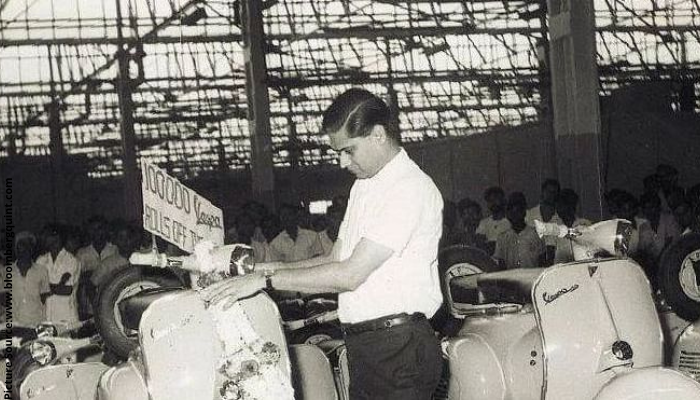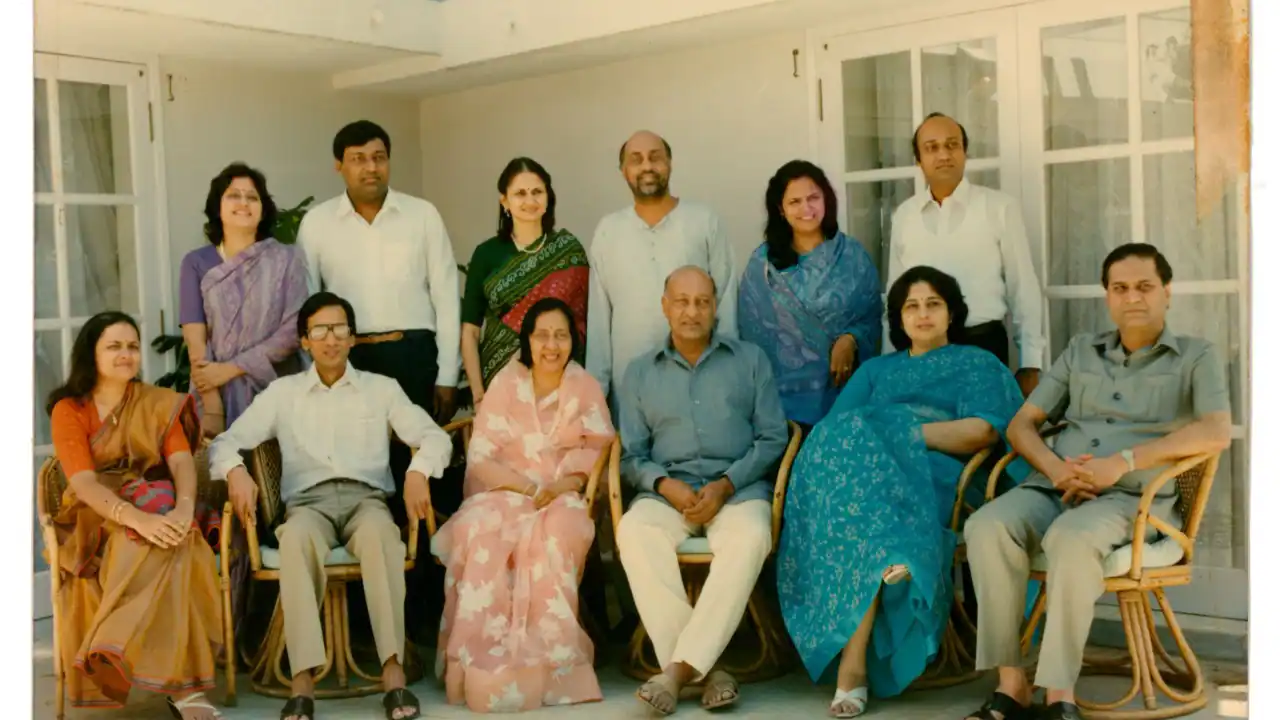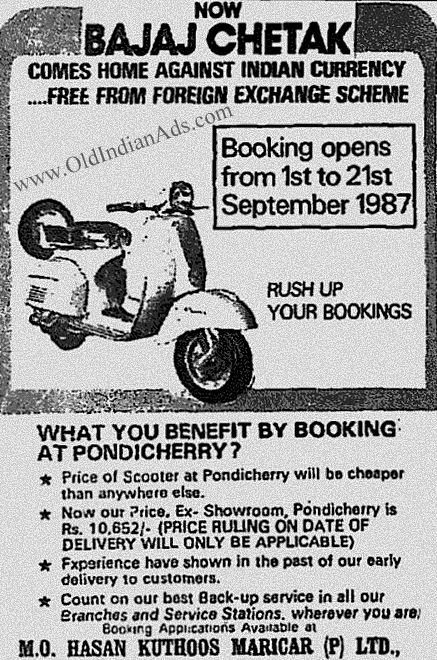Login to continue reading
And access exclusive content, personalized recommendations, and career-boosting opportunities.
Don't have an account? Sign up
Blogs you need to hog!

What Innovation Does For Efficiency and Competitiveness in a Corporate Sector?
D2C Admin


Online to Offline Commerce- Everything one needs to know
D2C Admin


How Do You Work Around Branding Guidelines To Be Guidelines And Not Limitations? | Alekhya, Brand Manager- Vivel, ITC | Dove, Unilever
D2C Admin


Data is the new oil! | A talk with BP Biddappa, Executive Director HR, HUL & VP HR, South Asia at Unilever
D2C Admin

















Comments
Add comment